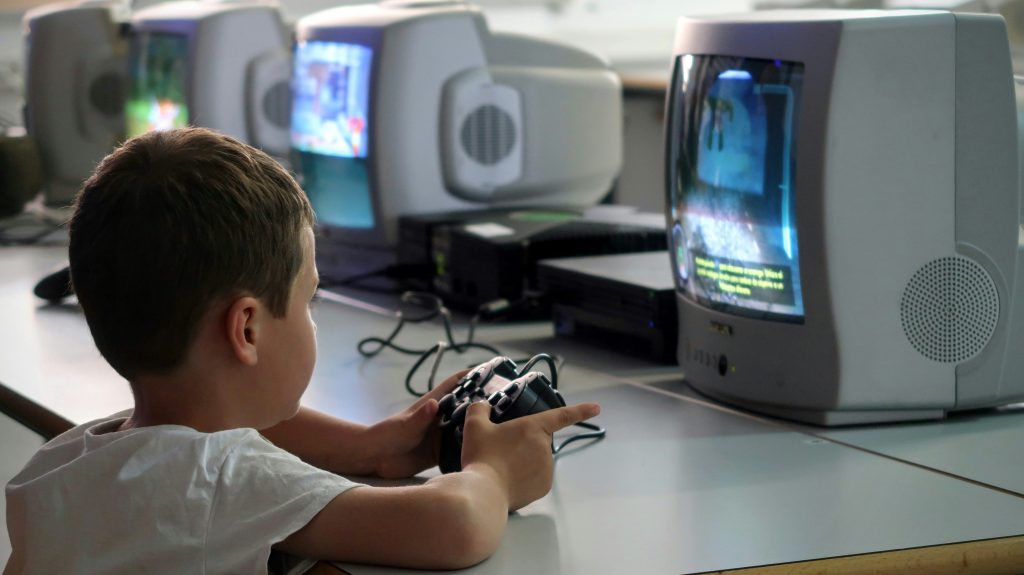The Role of Gamification in Teaching Tech Skills to the Next Generation
Gamification—the application of game-design elements in non-game contexts—has increasingly become a powerful tool in education, particularly for teaching tech skills to the next generation. As the demand for digital literacy and coding capabilities grows, educators and platforms alike are turning to gamification to make learning more engaging, intuitive, and effective.
2 Boosting Engagement and Motivation
One of the key challenges in teaching tech skills like coding, cybersecurity, or data analysis is keeping students motivated through complex, abstract, or sometimes dry material. Gamification introduces elements like points, badges, leaderboards, and achievement systems, which:
1 Provide instant feedback and a sense of accomplishment
2 Encourage healthy competition
3 Keep learners invested and excited about progressing
Example: Platforms like Codecademy, CodeCombat, and Grasshopper turn coding lessons into interactive quests, making learners feel like they’re leveling up in a game rather than completing schoolwork.

3 Creating a Safe Space for Failure
Tech learning often involves trial and error. Gamified environments encourage experimentation by removing the fear of failure:
1 Mistakes are reframed as part of the game
2 Learners can retry challenges without penalty
3 Progress feels incremental, not overwhelming
This makes students more resilient and persistent—key qualities for budding tech professionals.
4 Encouraging Self-Paced, Personalized Learning
Gamified platforms often use adaptive learning paths, meaning students:
1 Can move at their own pace
2 Are guided based on skill level and progress
3 Feel a greater sense of control over their learning journey
This is especially effective for tech subjects, where mastery is often achieved through consistent practice and personalized exploration.

5 Building Real-World Skills through Simulation
Many gamified tools simulate real-world problems and environments:
1 Cybersecurity platforms like Hack The Box or TryHackMe gamify ethical hacking scenarios
2 Game engines like Roblox Studio or Minecraft Education Edition teach scripting and engineering logic through creative design
This makes the transition from play to practical application almost seamless.
6 Fostering Collaboration and Community
Gamification often includes social features such as multiplayer challenges, team missions, and community competitions. This encourages peer learning and communication—essential soft skills in any tech career.
Final Thoughts
Gamification isn’t just a gimmick—it taps into fundamental human motivators like curiosity, reward, and progress. For the next generation, who are growing up in an interactive digital world, learning through play is not only natural but necessary. When applied thoughtfully, gamification can transform how we teach and how students learn tech, ultimately preparing them for the future with both hard skills and the confidence to use them.






